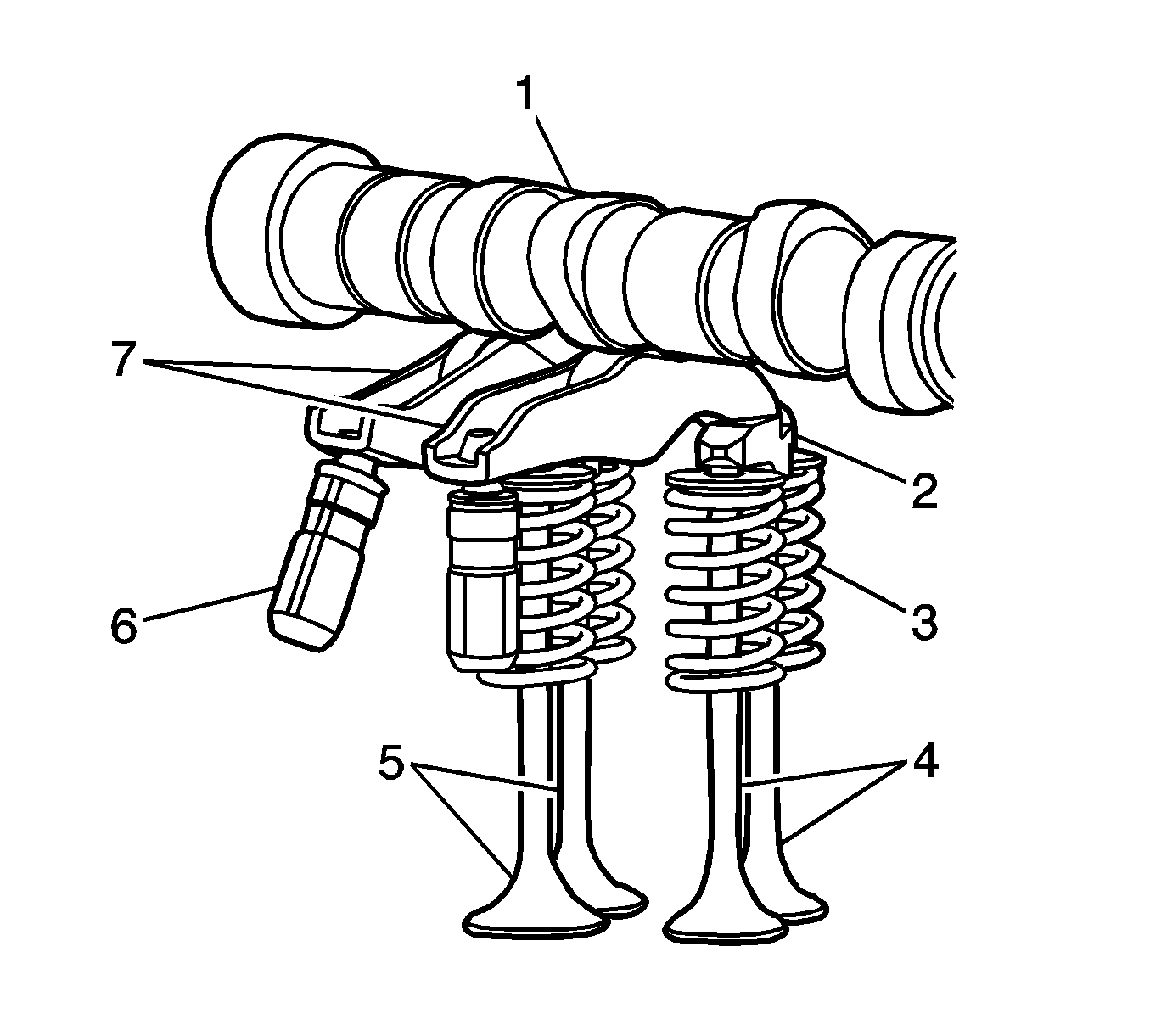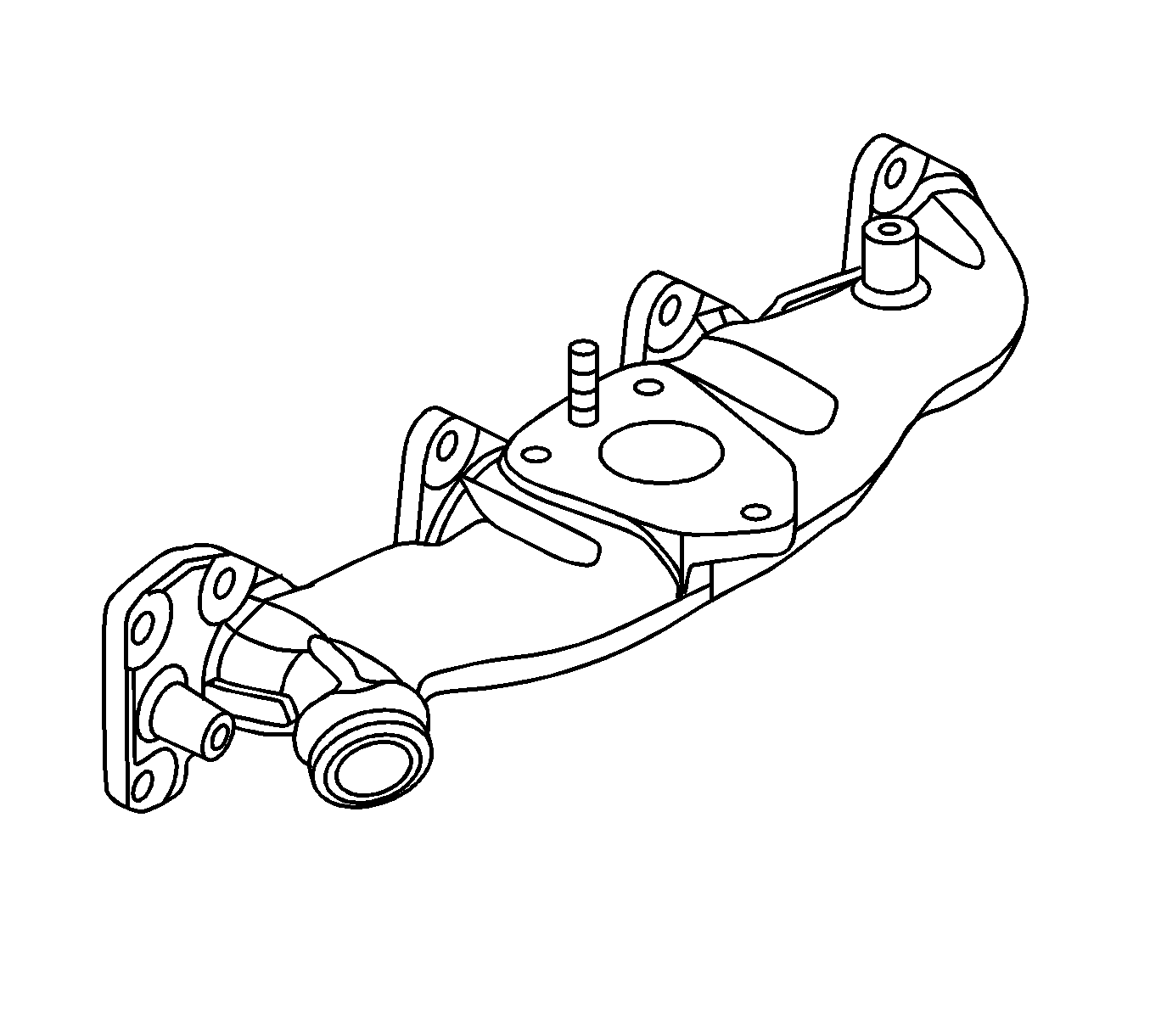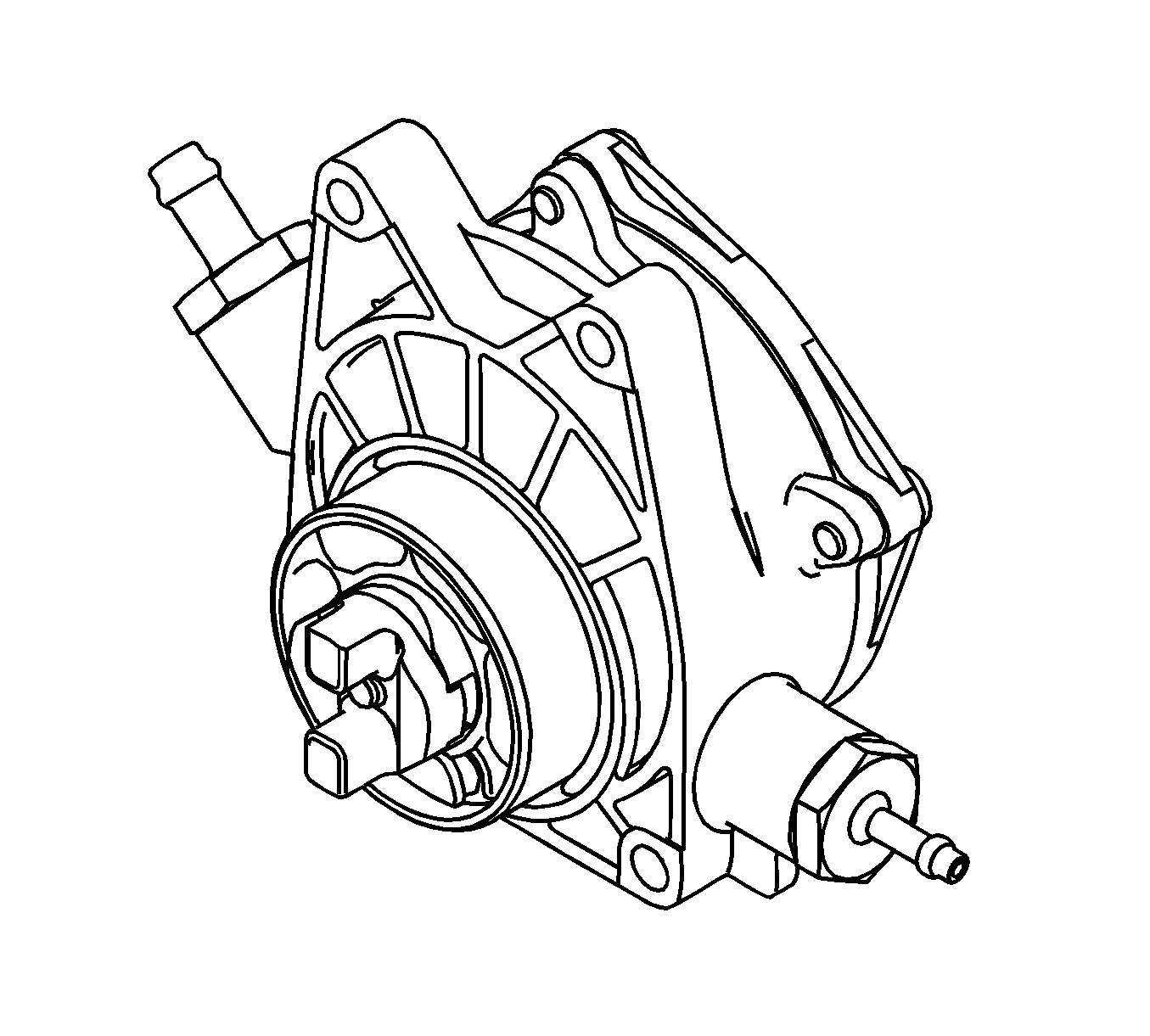Engine Block
The engine block possesses 4 cylinders arranged in-line. The cylinder block incorporates a bedplate design that forms an upper and lower crankcase. This design promotes engine block rigidity and reduced noise and vibration.
Crankshaft
The crankshaft is made of better strength forging works design than iron cast. It is located between the engine block and the bed plate at 5 main journals with main bearings which have oil clearance for lubricating. The 3rd bearing of the 5 main bearing is thrust bearing whose the crankshaft has properly axial end play. It is assembled the 4 con-rod journals with the metal bearings into the crankshaft whose bearing caps are cross-bolted to enhance structural rigidity. On the front side of the crankshaft, there is a crankshaft gear which drives oil pump and crankshaft balancer. On the back of the crankshaft, there is a target wheel to sent the signal to crankshaft position sensor (CKP).

Crankshaft Balancer Assembly

The crankshaft gear drives the balancer 2 shafts that revolve on the opposite direction. So, the balancer is counterbalance the vibration that comes from the crank train. It is located between the bed plate and the oil pan with the engine oil.
Piston and Connecting Rods
The pistons are cast aluminum with a bowl type design. They have 2 compression rings and 1 oil ring assembled the spring. There is a piston pin of full-plating type between the piston pin bore and the connecting rod pin bore and it is fixed by retainer both ends.
The connecting rod and rod cap with bearings are positioned and retained by bolts.
Oil Pump

The oil pump draws engine oil from the oil pan and feeds it under pressure to the various parts of the engine. An oil strainer is mounted before the inlet of the oil pump to remove impurities which could clog or damage the oil pump or other engine components. When the crankshaft rotates, the oil pump driven gear rotates. This causes the space between the gears to constantly open and narrow, pulling oil in from the oil pan when the space opens and pumping the oil out to the engine as it narrows.
At high engine speeds, the oil pump supplies a much higher amount of oil than required for lubrication of the engine.
The oil pressure regulator prevents too much oil from entering the engine lubrication passages. During normal oil supply, a coil spring and valve keep the bypass closed, directing all of the oil pumped to the engine. When the amount of oil being pumped increases, the pressure becomes high enough to overcome the force of the spring.
This opens the valve of the oil pressure regulator, allowing the excess oil to flow through the valve and drain back to the oil pan.
Cylinder Head
This cylinder head is single over head camshaft (SOHC) type and has only one camshaft that open 4 valves per cylinder with the finger followers with roller type and the valve bridges. It is similar to that of double over head camshaft (DOHC) cylinder head.
The camshaft gear is installed in front of camshaft and the vacuum pump is coupled in the rear of that. Because of the cam follower of the hydraulic type, it does not need to adjust of valve clearance.
The cylinder head is made of cast aluminum ally for better strength in hardness with light weight.
The combustion chamber of plate type of the cylinder head is designed for increasing of squish and swirl efficiency and then this is maximized to diesel combustion efficiency.
Valve Train
The engine utilizes a valve finger-follower and hydraulic lash adjust for valve operation.
The roller is located at the middle of valve finger-follower and delivers the cam movement to valve bridge in correspond to cam profile continuously.

Mark | Name | Function |
|---|---|---|
1 | Camshaft | Drive valve system |
2 | Valve-Bridge | Valve-Bridge |
3 | Valve-Spring | Keep the valve closed |
4 | Exhaust-Valve | Make the exhaust gas flow |
5 | Intake-Valve | Make the fresh gas flow |
6 | Hydraulic Lash Adjuster | Pivot and compensate activating and deactivating movement |
7 | Valve Finger-Follower | Deliver the rotating to valve bridge |
Timing System
The crankshaft pulley assembled the crankshaft drives the camshaft sprocket, the water pump pulley and the high pressure pump sprocket using by timing belt. Also, the auto timing belt tensioner of double eccentric type assist the belt tension.
Timing belt idler which is applied the double low bearing type to endure big load enlarges the wrap angle between the camshaft sprocket and the high pressure pump sprocket to enhance the delivery power.

Mark | Name | Function |
|---|---|---|
1 | Camshaft Drive Sprocket | Drive the camshaft. |
2 | Timing Belt Idler pulley | Enlarge the wrap angles. |
3 | Fuel Pump Drive Pulley | Drive the high pressure pump. |
4 | Water Pump Pulley | Drive the water pump. |
5 | Crankshaft Sprocket | Delivery power from the crankshaft. |
6 | Timing Belt Tensioner | Control the timing belt tension. |
7 | Timing Belt | Delivery power to the pulley and the sprocket. |
Intake Manifold

The intake manifold is air flow passage to the cylinder combustion chamber through the throttle body and has an effect on engine torque, power, noise, drivability, emission, fuel economy and performance.
It is made of cast aluminum ally for better strength in hardness with light weight and is one body with the coolant passage.
Exhaust Manifold

The exhaust manifold is located to the cylinder head and send the turbocharger the exhaust gas out of the combustion chamber. It is designed to endure on high pressure and high temperature and made of HiSiMo material.
Positive Crankcase Ventilation System
The PCV valve carries the blow-by gas to the turbocharger inlet of the intake system. According to the engine conditions, driving conditions and the pressure of turbocharger, it is different from the amount of blow-by gas. So, the PCV valve controls the amount of blow-by gas.
Vacuum Pump

Vacuum pump provide the vacuum to the brake booster and exhaust gas recirculation system (EGR) controller at diesel engine and assembled at left upper side of engine for coupling with camshaft and driven by camshaft at Euro 4 diesel engine.
Charge Air System
The turbo charger is the device that supplies hot, compressed air, that is from the turbine/impeller created from the passing exhaust gas or ram air, to the engine to increase the power.
Quick compressed air from this turbo charger expands with high temperature and causes decreasing of charging efficiency into the cylinder because density of oxygen gets lower.
However charging efficiency into the cylinder increases as compressed hot air is cooled and density of air gets higher through the charge air cooler.
It brings also higher fuel efficiency as well as lower CO2 emissions.
Charge air cooler which is installed on top of radiator in front of car makes compressed hot air cool by airflow through the radiator grill.
Engine Mounting System
The engine mounting system is to mount the powertrain to the body and support the powertrain in its designed static position. Mounts is to reduce dynamic forces, both internally generated powertrain forces and external road inputs, by isolating the vehicle from the powertrain, controlling powertrain motion, and reacting torques and forces from the powertrain.
Engine Mount System consists of four mounts: Left and right load bearing mounts, and front and rear torque reaction mounts.
The right hand (engine) mount is a conventional mount, while the left hand (transmission) is a hydraulic mount. Both front and rear mount are conventional bush type.
